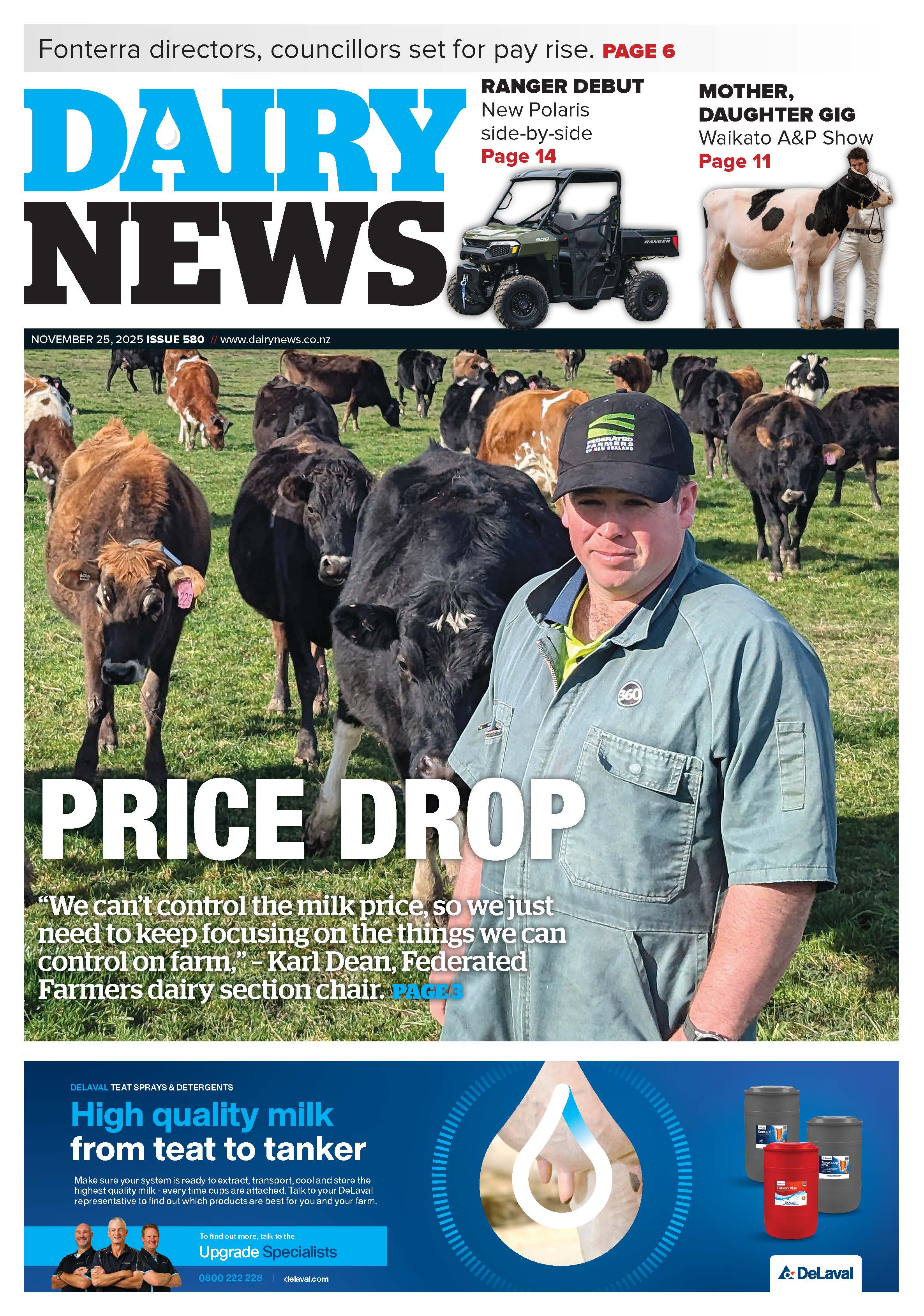New trait development work is well underway in Beef + Lamb New Zealand’s Informing New Zealand Beef (INZB) programme focusing on three areas - body condition scoring, udder scoring and fertility.
Body condition scoring and udder and teat conformation were identified as important to beef farmers through the industry-wide Trait Prioritisation Survey carried out in the early stages of the programme.
B+LNZ is encouraging stud breeders to contribute data to support the work and benefit the entire sector. These will be provided with estimated breeding values (EBVs) for body condition scores for their cows.
During February, B+LNZ ran four body condition and udder scoring workshops for stud breeders. A ‘how to’ video on condition scoring is also available on the B+LNZ Knowledge hub.
Dr Jason Archer, head of genetics for B+LNZ, said a genetic evaluation for body condition score is in development using data from B+LNZ’s Beef Progeny Test herds.
“An evaluation to be able to select bulls to produce cows with the best condition scores would be of significant benefit to the sector,” says Archer.
“Analysis of the progeny test has found that for every step up the condition score scale, the pregnancy rate increases up to condition score 7 (a 10-point scale is used). The heritability of cow condition score is 0.26 so around 26 per cent of variation in cow body condition can be attributed to genetics.
“Developing an EBV for body condition scoring would mean that when farmers go to buy a bull, they will have extra information on how its daughters will hold condition.
“Currently farmers look at fat depth EBVs to achieve this, but these measures are taken on young bulls and heifers and the research showed that they were not very useful predictors of cow condition score.
“A much better tool is needed to achieve farmers goals, and given that cow condition is easily assessed and at very low cost, why not simply measure directly what we are trying to change?
“We need breeders to collect condition scores on their cows once a year. Any time of year is fine and you just need to look at and feel the animal and then do a score on the New Zealand one-toten scale on how much tissue (fat and muscle) it is carrying – basically how much energy reserves it has.”
This data would be fed into the genetic evaluation to help develop the EBV. B+LNZ is also working with a company to develop software to process the data provided.
Over 240 sires have been assessed for cow body condition score through the test and more than 4500 cows have been measured prior to mating, at weaning and prior to calving.
The biggest gains from a management viewpoint have been found in getting low conditioned cows closer to a condition score of seven prior to mating.
Archer says udder scoring is also fairly easy.
“We have provided access to an udder scoring system. Breeders can score their cows within 24 hours of calving for teat score and udder suspension.
“If enough people do that, we will have the data to do the same thing we are doing with condition scoring, to do the science and create an evaluation. We hope breeders take this opportunity to work with us and support us in creating that as a new trait.”
Trials Underway
Fertility traits are economically relevant and identifying animals with superior genetic merit for fertility is of interest to beef breeders and commercial farmers.
“However, the current fertility evaluation used in New Zealand is based on information that was available when it was created in the mid-1990s – which was basically the calving dates of cows - whereas we now have access to new tools and technologies which we can use to do a better job,” says Jason Archer.
INZB has trials underway on two pilot farms, and in November last year, yearling heifers and rebreeding heifers at these sites were tagged with CowManager cow health monitoring systems.
This was used to determine factors including heat/ cycling dates and foetal age scanning was also carried out. Outcomes are being analysed by INZB’s genetics team.
“As a trait, fertility is lowly heritable and so genetic progress is slow,” says Archer. “Results that have come out of New Zealand dairy industry research suggests that if you break fertility down into its components, then often they are more heritable. So we should be able to make gains by having more detailed descriptions of the factors that make up overall fertility.
“We need to get data that tells us about the cycling activity of heifers. For instance, how old a heifer was when she first cycled, the day she conceived, her calving date, how long she spent calving, how long after that first birth she cycled again and what date she conceived as a two- to two-and-a-half-year-old.”



















